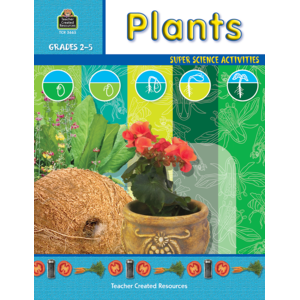Affiliate links are sometimes used on my blog, for resources that we have used or would use in our homeschool. Please see my disclosure policy.
When your teen gets accepted into multiple colleges, it’s time for
celebration.
Then, of course, it’s also time for a major
decision, and
finances were a big part of it, but there were lots more
factors for us to consider, too.
Once we had decided which colleges would be affordable to us, then we looked at a number of factors…and that is what I would like to share with you today.
For us, this process all started at the library, where my daughter researched each of her college options again.
First we considered the size of the colleges...
1. Big School or Small Campus
The main decision to be made was between a large state college,
and a smaller state college, both within commuting distance of our home. That would save a lot of money, without having to pay for dorm cost at either option.
Both colleges did have a large choice of majors.
My teen was enticed by
the excitement of the larger college, which had an especially good reputation,
and a student size of more than 60,000.
She knew that some of her friends
would be going there, and she liked the architecture and the plaza on the
gorgeous large campus.
But would that very large campus meet her social needs?
My daughter was used to working in small groups, and did well with those,
finding her way, as she has in her high school Youth and Government activities.
Would that kind of learning occur at
the larger state college?
So, together, we researched the two colleges again. First, we looked at what each college offered for incoming freshmen orientation and more....
So, together, we researched the two colleges again. First, we looked at what each college offered for incoming freshmen orientation and more....
2. Freshman Intro Seminars & Social Environment

The smaller college offered freshman seminars, where the students
would work together in small groups.
My teen has thrived in this kind of environment.
Small
groups, that's just like her Youth and Government! The seminars would
last all year, giving them time to build friendships, and learn together.
The larger college did not have freshmen
seminars.
They did have a first quarter freshman intro class, and nice raft trip
for incoming freshmen, as a way to get to know each other. But after
that, most classes occurred in large lecture halls with over 700 students!
Then, we compared the two on the basis of support offered to the
students. When my teen struggled with a subject, what kind of support would the college offer?
3. Academic
Support
This is what we found.....
The larger college did have some tutoring on
campus, but was known to have a very competitive
academic environment.
The smaller one had way more tutoring options
available, with much more access to the professors.
The larger one had many more students per professor, and the
teens would usually be dealing with TA's instead of their professors.
At the smaller college, class size was ideal with about 30 students in each
class, compared to 100-600 per class. Both colleges had solid
reputations.
We talked about these issues together with my husband at dinner.
My teen soon realized that having a smaller, more supportive environment
was more important to her than the status of going to the larger college.
Soon a decision was reached. And I am so happy that she chose the more
supportive environment at the smaller college.
So Thursday, we got out the formal papers, and my teen prepared them for mailing. She accepted the scholarship offer at the smaller college, and sent in her college acceptance papers!
And she was thrilled! I am so happy for her, excited, relieved to have the decision
made, and a little sad at the same time!
I decided that, since my daughter
was going to college, my family needed a road trip, to celebrate! So, on
Saturday, and we all headed out, of course with our cameras! Nice, family
time was just the ticket, especially for my husband and I.
Country roads always calm me.

Then we hung out at the local county park, and my daughter decided to pose for a picture.
After helping my homeschooled high schooler get into each of the colleges she applied to, we wrote this guide:
For more helpful thoughts on making your college choice for homeschoolers from Vicki at 7 Sisters Homeschool, I invite you to click: How to Choose a College for Your Homeschool Graduates
 |
| High School Essay Writing |
To the left is one of my favorites from them, called Introductory Guide to High School Essay Writing. She has lots more online high school curriculum offerings there, too, all written by experienced homeschooling moms who have graduated their teens from their homeschool.
All frugally priced, and well put together as PDF downloadable courses and resources.
Thanks for stopping by BJ's Homeschool,
Betsy
Betsy is mom to her now college grad, whom she homeschooled through high school. She blogs at BJ's Homeschool, about the early years, highschool,
college, gifted/2e and wrote -Homeschooling High School with College in Mind, 2nd Edition, She offers homeschool help through messages at BJ's Consulting, and has had some of her articles picked up by the Huffington Post.
college, gifted/2e and wrote -Homeschooling High School with College in Mind, 2nd Edition, She offers homeschool help through messages at BJ's Consulting, and has had some of her articles picked up by the Huffington Post.
Want to stay in touch?
Copyright, 2025 All Rights Reserved

.png)
.png)
















